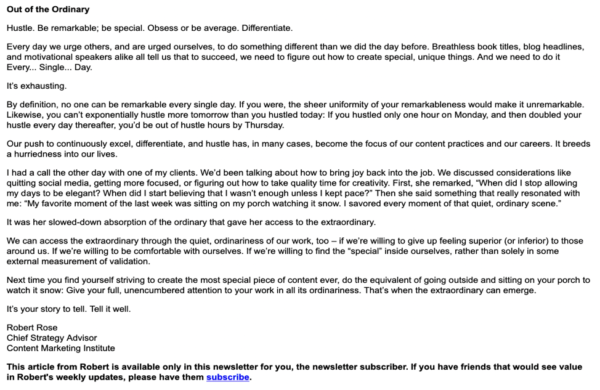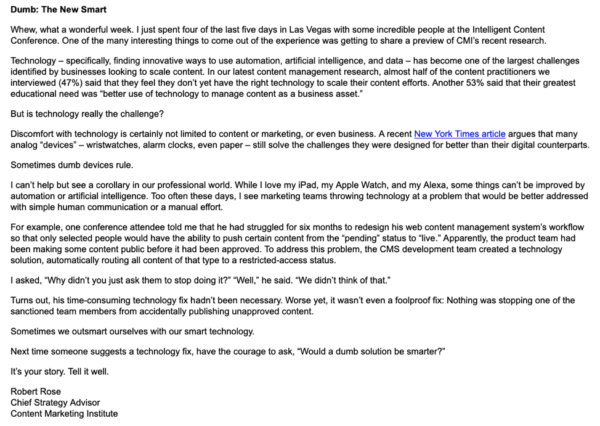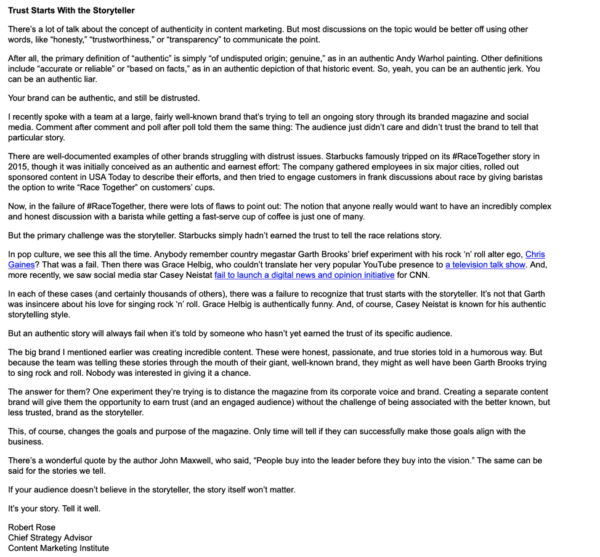
The eCommerce industry is flourishing across the globe.
According to statistics from Statista, the number of digital buyers in 2017 was 1.66 billion and the number will rise to 2.14 billion by 2021.
eCommerce giants such as Amazon, Alibaba and eBay have changed the face of the eCommerce industry. Not only big brands but many small online eCommerce stores serving local towns and cities are also growing.

Image Source: Shopify
However, starting an eCommerce store is more than simply buying a domain and choosing a hosting partner. Picking the right business niche, technology platform, better customer service, and marketing strategies, all contribute significantly to the success of an online store.
In this post, I’ll share with you which business niche to start, how to choose the right technology partner, and the marketing strategies that will help your eCommerce store grow.
The eCommerce businesses that you can start in 2019-2020
Online Grocery Industry: In the USA, one-third of all shoppers are buying groceries online and by 2022, online grocery business in the USA is expected to be a $100 billion business. However, compared to other industries (apparel, homewares), the online penetration of the grocery industry is only 3-5%. So it shows the online grocery industry is still in its early stages and a viable business option.
Online Food Delivery Industry: The online food ordering and delivery trend is certainly overtaking the trend of the traditional phone ordering service. As per the stats shared on the CNBC website, online delivery is currently representing 43 percent of all delivery orders and investment firm Cowen is forecasting a massive 79 percent surge in the total U.S. food home delivery market over the next 5 years.
A comparison chart of the online food delivery market with the offline food delivery market.

Image Source: Mckinsey
Online Travel Industry: With internet penetration growing around the world, the online travel market is touching new heights. According to a report published by Allied Market Research, the online travel market is expected to grow 11% in the next 3-4 years. Hotels and flights, online travel activities, and car rentals are just some online businesses that investors or aspiring entrepreneurs can consider to start.
Online Fashion and Luxury Industry: Growing at 6-8% a year, the online luxury goods industry is expected to reach €390 billion globally in sales by 2025. The growth of the fashion and luxury market is especially emerging in Asian countries. China is the fastest growing region in this market and India’s fashion and luxury market is expected to cross $30 billion by year-end.
Online Health and Wellness Industry: The multi-trillion dollar online health and wellness industry is providing a bundle of opportunities to earn money online. Nowadays, many people prefer to book an online consultation with their doctors and also like to buy supplementary and other health-related products online. So being an entrepreneur, investing in the online health and wellness industry seems to be a profitable business idea.
However, these business models are not the end of the world. There are many other business models that you can consider to start, like an online rental business, car booking website, or on-demand services marketplace. Choose your business niche with extreme caution as the dream of a successful eCommerce business begins with the choice of the right niche.
Factors that are contributing to the success of the eCommerce industry
In my study, I wanted to know the important factors that help a successful online eCommerce business. I have found several factors that help an eCommerce business grow online. I share the most important ones here:
Mobile Friendly Website and Apps: According to Statista, the number of mobile users worldwide is expected to exceed 5 billion by 2019. 72.9% of eCommerce sales will be made by mobile in 2021. These statistics are sufficient to explain the importance of mobile devices for an eCommerce business. Optimizing your website on mobile devices is not going to be enough; you need dedicated apps for your mobile users.

Multi-Channel Selling: The rise of social media and digitalization has made multi-channel sales easy. You can now integrate your online store with Facebook, Pinterest, Instagram and Amazon to sell your products on multiple channels at the same time.
User Experience: There is a popular quote from designer Samadara Ginige, “Good design is the most important way to differentiate ourselves from our competitors.” Your website speed, easy navigation, descriptive product pages, are all things defined as good user experience.
Easy Checkout Pages: To increase conversion rate, many sites now give their users a guest checkout option, one step checkout, and one-page checkout choice. However, check out page speed, calls to action, text fields and labels on a checkout page are also important factors for better conversion rates.
Quick Delivery: The same day or next day delivery service by companies such as Amazon and eBay has changed the face of the eCommerce industry. Many small retailers now offer next day delivery at a reasonable cost to stay ahead of the competition.
Online Multi-Seller Marketplaces: During my study, I also found that many aspiring entrepreneurs prefer to start a multi-seller online marketplace similar to Amazon, Airbnb, and Flipkart. The reasons are many, but the main reason for this is because it takes half of a business owner’s headache to maintain inventory management as sellers take care of inventory-related complications.
The best eCommerce platforms to start an online business in 2019
#1. Shopify
Shopify is a Canadian company which started in 2006. It is one of the most popular eCommerce platforms in the market. Starting an online store with Shopify is very easy because you can set up your online store successfully in just 15 minutes without the help of any web developer.
Shopify Pros:
- Shopping stands high in terms of multi-selling channels. You can easily integrate your store with Facebook, Instagram, and Amazon.
- A website built in Shopify usually has fast loading speed.
- Shopify helps you build a responsive design website and also offers Android and IOS user mobile apps.
- The platform offers guest checkout, one page checkout, and a one-step checkout option.
- Dropshipping, free SSL certificate, and 24/7 support are some of its other most popular features.
Shopify Cons:
- You have to pay a transaction fee for every sale.
- Not n good option to start a multi-vendor marketplace.
Pricing:
Shopify offers 4 monthly packages starting at $9, $29, $79 and $299. For more details on pricing, visit: https://www.shopify.in/pricing
#2. Bigcommerce
Bigcommerce is also a Saas based eCommerce platform and is a direct competitor of Shopify. The platform was founded in 2009 and now has thousands of online stores running on their platform. The platform is known for its high-end features and low pricing.

Bigcommerce Pros:
- No transaction fee.
- Upload an unlimited number of products.
- Responsive design and search engine friendly.
- A number of payment gateway options.
- You can integrate your online store with Amazon, Instagram, and Facebook
Bigcommerce Cons:
- As written on many third-party sites, Bigcommerce customer support is not that effective.
- The Bigcommerce website’s speed on mobile is not high.
Pricing:
As Bigcommerce doesn’t have any transaction fee, the platform charges you as your store grows and you need to upgrade it. Bigcommerce monthly package starts at $29. For more details, visit: https://www.bigcommerce.com/pricing/
#3. YoKart
YoKart is a popular eCommerce platform that allows you to start a multi-vendor website like to Amazon, Etsy, or Alibaba, at a reasonable cost. If you want to start any kind of multi-vendor stores such as a grocery multi-seller store, retail store, fashion store or a sports marketplace, YoKart is the ultimate choice.

YoKart Pros:
- The platform is specifically designed to build an online multi-seller or multi-vendor marketplace.
- Mobile Apps, responsive design, and sleek user interface.
- One-time payment means no recurring fees.
- Fully customizable and easy to set up.
- Multilingual and Multicurrency.
- Free demos, FAQs and 12 months of free technical support.
YoKart Cons:
- Partially encrypted script.
- Not good for multi-channel selling, however, you can customize it.
Pricing:
YoKart offers flexible payment options. The packages startatm $999. Visit here for more details: https://www.yo-kart.com/multivendor-marketplace-packages.html
#4. Magento
Magento is a popular open source eCommerce platform launched in 2008. If you want to start a large scale enterprise, Magento is one of the best options you have. Magento is a huge community with lots of benefits.

Magento Pros:
- Mobile Apps, Responsive Design, and Highly Secure.
- Customizable and Scalable.
- Multi-Language and Multi Currency.
- You can integrate your store with Facebook, Instagram, Ebay, and other platforms.
- Easy checkout pages like guest checkout, one-page checkout, and one-step checkout options.
Magento Cons:
- High in pricing especially not an ideal choice for small merchants.
- Programming skills required to maintain a Magento store.
Pricing:
The Magento basic version is free; however, the Enterprise version can costs you a minimum of $20,000 per year. For more details, visit here: https://magento.com/products
#5. Prestashop
Prestashop is also an open source eCommerce platform and thousands of web-based online stores have been built in Prestashop. The platform was designed to meet the needs of small and medium-sized enterprises.

Prestashop Pros:
- A free solution.
- User-friendly interface.
- Mobile and Search Friendly.
- Guest Checkout and One Page Checkout.
- You can connect your Prestashop store easily with Facebook, Amazon, and Rakuten.
Prestashop Cons:
- No official customer support team.
- Not ranked high on customization and scalability.
- You need to pay heavily to convert your eCommerce store into a marketplace.
Pricing:
Prestashop is totally free. The free version is only a basic solution, so you need to buy additional modules that cost between $50 and $150 per module on average. More details can be found here: https://www.prestashop.com/en/prestashop-ready/pricing
From the above list, you can choose the eCommerce platform according to your business needs, technical acumen, and budget.
Guest author: Ankush Mahajan works as a senior digital marketer at FATbit Technologies, one of India’s leading custom web design/development & ready-made e-commerce solutions company. His expertise lies in branding and formulating marketing strategies for business of a number of industries. Follow him on twitter: https://twitter.com/
The post The 5 Best eCommerce Platforms to Start an Online Store in 2019 appeared first on Jeffbullas’s Blog.
Read Full Article: http://bathseoexpert.tumblr.com/post/181583820001

















